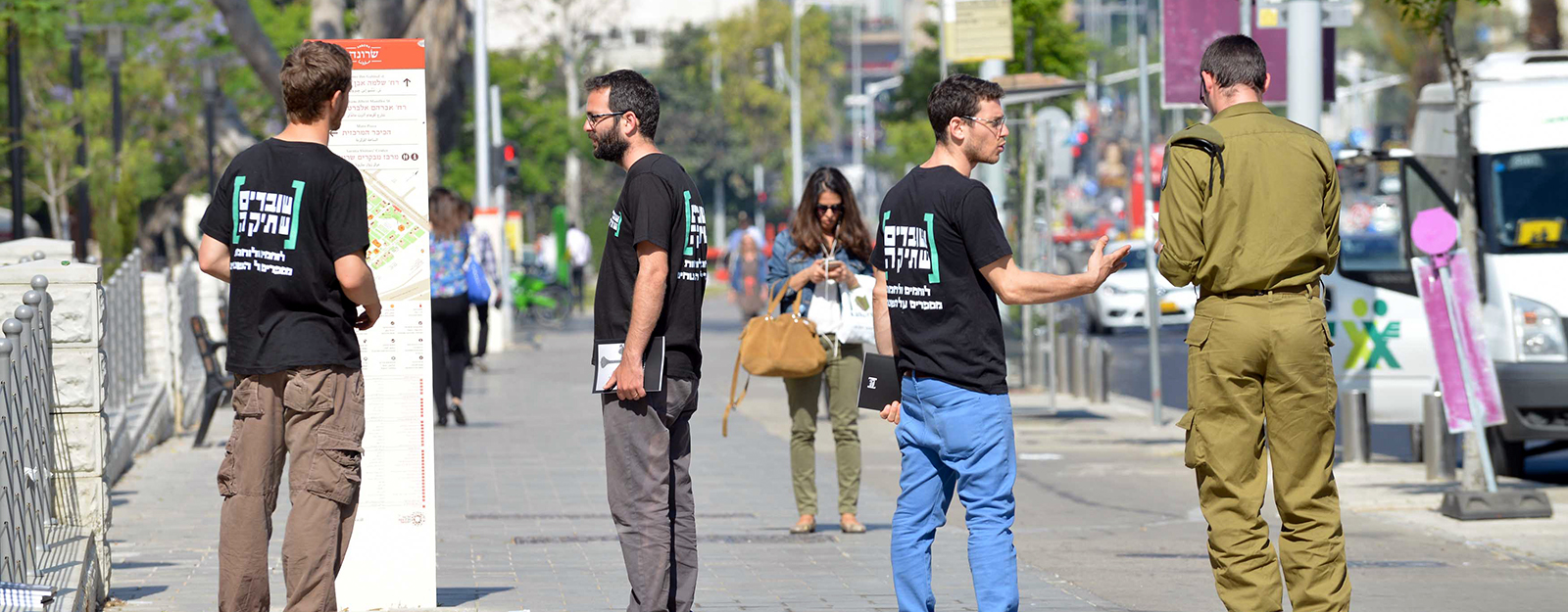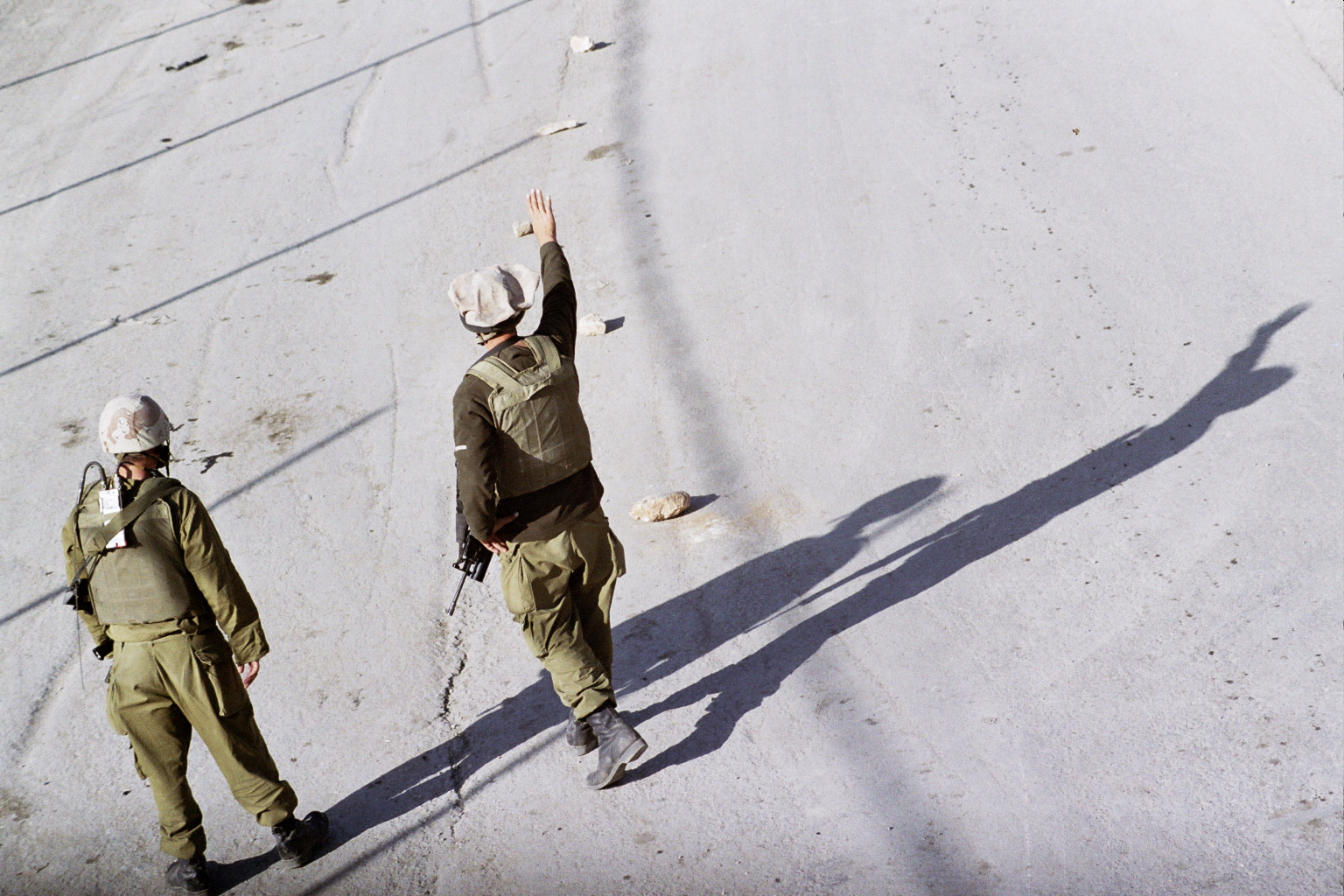When we entered the [Gaza] Strip, our role as infantry was to take over houses and sort of turn them into little posts. Using the Palestinians’ houses in which we were stationed, we secured the tanks, which were operating mostly in our area. When we entered those houses, it was a very, very violent entrance – with lots of firepower, in order to make sure there wasn’t any hostile force within the structure. After we had stationed ourselves in the houses, then what’s called ‘post routine’ began. What happens is we start setting up posts – we decide which rooms overlook which directions, and what we can put to use. Every room that’s chosen as a post room, we cover its windows with shading nets, and then we use the house’s curtains. We used nails to attach them to the inside of the windows, and stretched them out with duct tape. And from that point the guarding routine begins, because you’re on guard duty almost half the time, during which you need to be looking around at what’s happening. While we were stationed there, the armored forces would fire at the surrounding houses all the time. I don’t know what exactly their order was, but it seemed like every house was considered a threat, and so every house needed to be hit by at least one shell, so that there’s no one in there. The armored [corps] fired a lot, relatively. All the houses around, when you looked at the landscape, they looked sort of like Swiss cheese, with lots of holes in them. Houses were erased during the time we were there – the ground was flattened, it all looked different. Any areas with sheds, the D9s (armored bulldozers) took them down – there was a big greenhouse area there, which was marked on the map as being used for firing [rockets] and storing munitions – the D9 flattened stuff over there, too.
What do markings on maps represent? They just detail places where according to intelligence there’s a tunnel, or houses that belong to militants, I think, or locations designated as ‘hot spots’ that weren’t exactly defined – training zones, tunnels, launching sites. And booby-traps – places that were booby-trapped were marked.
After you left, were there still any houses left standing? Hardly any. Once when we went to a house to which we were called, in which there was believed to be a militant, so we walked and the paths were more broken-up wherever the tanks had passed through – it was just sand, it wasn’t agricultural land with plants any longer. Uprooted olive trees everywhere. The houses themselves were broken, scattered about, a mound where a building once stood, houses simply scattered around. We didn’t actually get an operational order stating that that was the objective – but ultimately, no house was supposed to be left standing. A 500-meter radius where not a single house is left standing.









 testimonies
testimonies  media & content
media & content 










 “A 500-meter radius where not a single house is left standing”
“A 500-meter radius where not a single house is left standing” 

 terms of use & privacy policy
terms of use & privacy policy